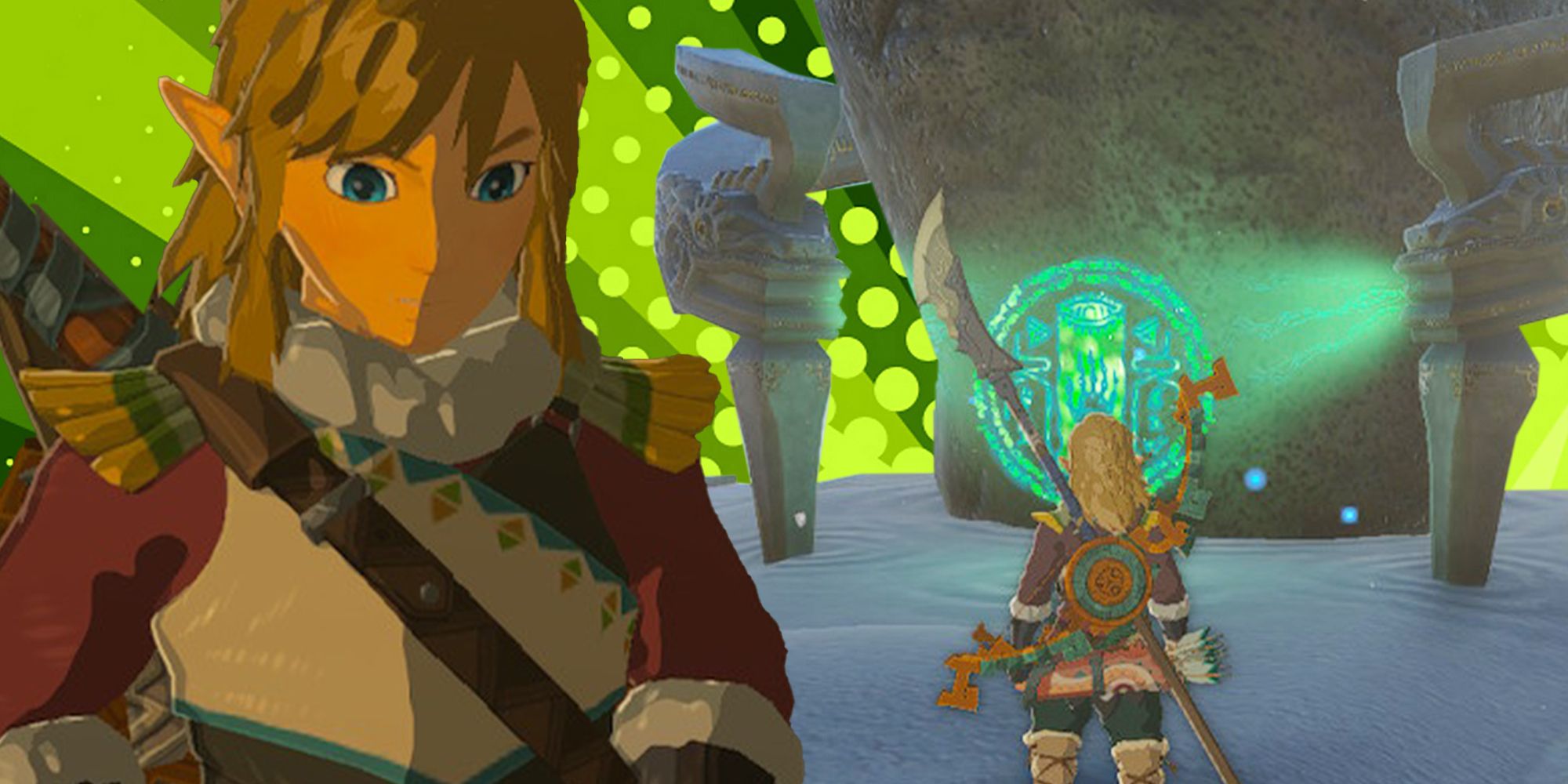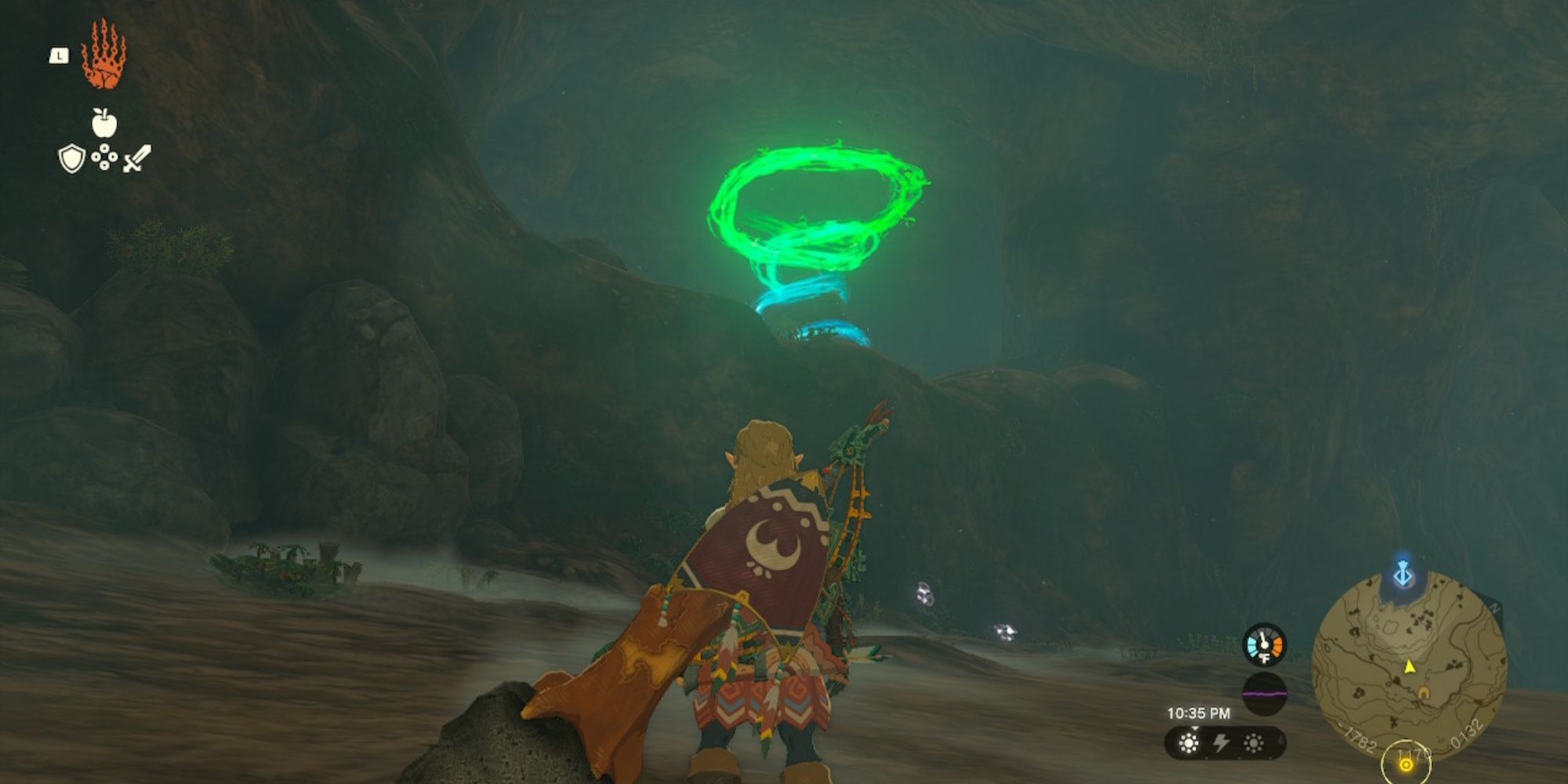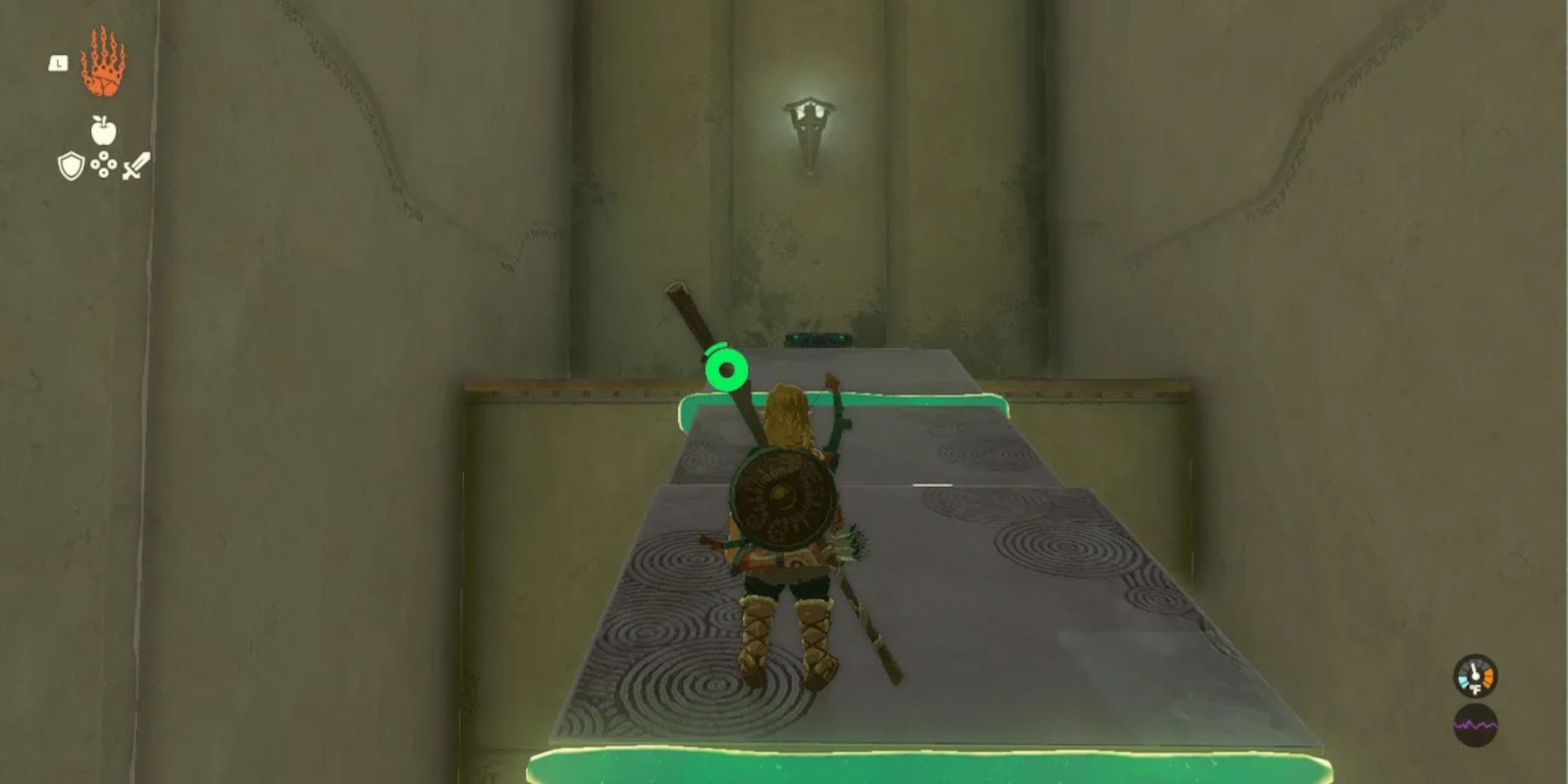There's a shrine in The Legend of Zelda: Tears of the Kingdom that had me solidly stumped for about 30 minutes. It presented two rails moving up toward the finish line, and provided planks and fans to build a car to travel up it. The problem was that about halfway up, the two rails ended and were replaced by one central rail between them. To make it the rest of the way, I had to figure out how to get my rail car onto the central rail without falling off and having to start again. Eventually, I found a solution, but that process of tinkering towards it is where Tears of the Kingdom is at its most electric.
I love open-world games. Give me a big map to explore, a long checklist of things to do, and fun traversal to take me between it all, and I’m as happy as a giraffe at a tall tree convention. As much as I love exploring to my heart’s content, though, I tend to miss the incredibly specific feeling you get from a well-designed linear game. When developers have to fill a map the size of Texas, it’s harder to make every field and back alley feel handcrafted.
Not everything in Tears of the Kingdom feels like equal care was given to it. I enjoy the wells, but at times, you can really feel that there are more of them than maybe there needed to be. Some of the sky islands are just hunks of rock and I haven't found too much that's especially interesting in the Depths.
But, shrines — by nature of being puzzles that need to have a solution — are harder to phone in. I enjoy a good bandit camp as much as the next person, but the standard for a workable combat encounter is lower than the standard for a workable puzzle. When you head into a shrine, you’re getting bespoke level design, not just a copy-pasted side activity, and that’s always exciting.
Open-world games obviously incorporate tons of fully-realized, authored content. Cyberpunk 2077, for example, had a really great main quest that wouldn’t have felt out of place in a linear shooter. Games like Spider-Man and Ghost of Tsushima also have cinematic story missions that obviously got much more care and attention than the “stop the speeding car” events that break out in the world. However, there's often a gap in quality between the main quests (and major side missions) and the more disposable activities designed to fill out a game's world. One is essential, the other is just something to do.
When you play an open-world game, the bulk of your time is usually spent doing side content, the stuff that gets less budget and less attention. So, it feels great when that side content clearly received the same amount of care that a level in a linear game would get.
This is where Tears of the Kingdom and Breath of the Wild reign supreme. The main story, obviously, feels authored, doled out through the four major missions and cutscenes you can find around Hyrule. The side content also feels like the product of people working hard to give you an entertaining, finely tuned experience. This is particularly true of shrines, which feel a whole lot like Portal levels but within the framework of a massive open-world game.
In fact, if BOTW/TOTK were just the shrines strung together in a row, I would argue that they would be roughly on par — in terms of quality and probably length — with Valve's first-person puzzlers. This is what is so exceedingly rare about the two most recent Zelda games: they are open-world games mostly made from pieces that feel so polished and engaging they could sustain a focused linear game.
Importantly, though, shrines don't usually use new assets. Each shrine has the same interior. They're arranged into different shapes, and have different items, but they aren't introducing wholly new objects or art. By reusing Breath of the Wild's map, Tears of the Kingdom makes the argument that you can build wonderful new things on old assets. The shrines make this argument, too. They may look the same, but they don't feel the same.



